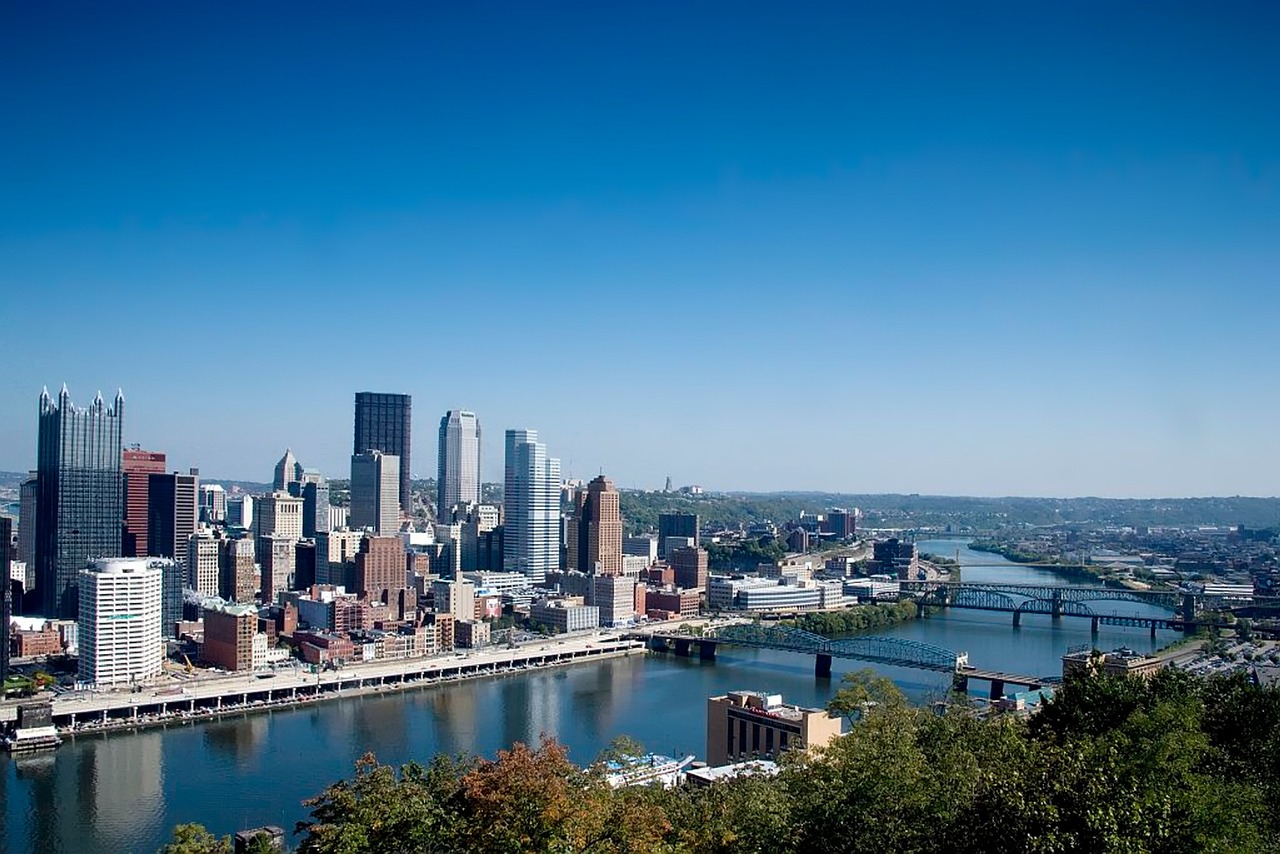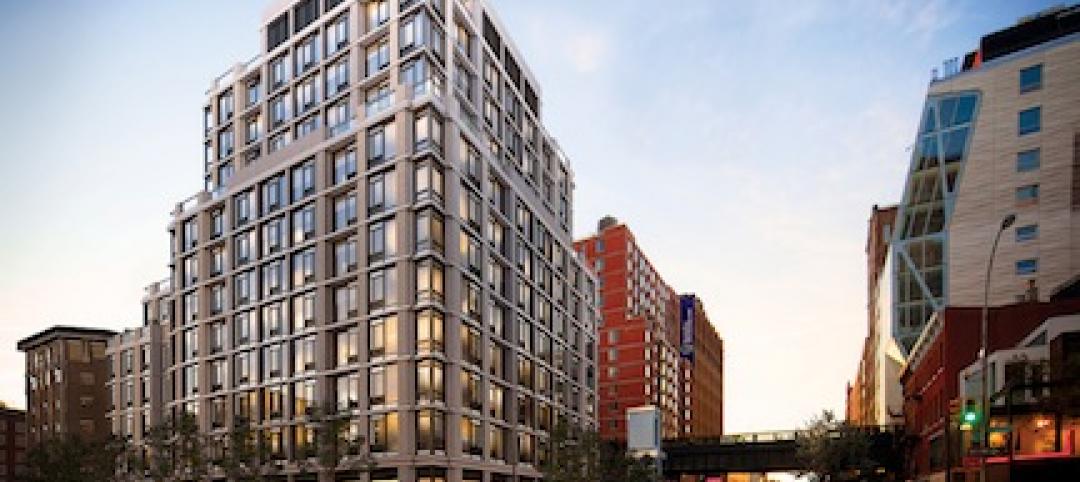The Pittsburgh 2030 District, an alliance of building owners in the Pittsburgh area, says that it has reduced carbon emissions by 44.8% below baseline.
Begun in 2012 under the guidance of the Green Building Alliance (GBA), the Pittsburgh 2030 District encompasses more than 86 million sf of space within 556 buildings.
The project has created a savings of $205.8 million in energy and water costs, and 1.85 million metric tons of carbon dioxide emissions avoided since 2012, according to its 2022 Progress Report.
GBA provides participants with education, training, and guidance to further their progress, covering topics such as:
- Conducting deep carbon retrofits on existing buildings to dramatically improve efficiency
- Case studies of net zero carbon retrofits
- Examples of whole building life cycle analysis
- Embodied carbon
- Facilitating building electrification to eliminate fossil fuel use, including replacing furnaces and boilers that run on natural gas with ground- or air-source heat pumps.
- Thermal energy storage
Pittsburgh is the North American leader in amount of square footage committed to 2030 District goals. There are 22 international 2030 Districts in total.
Related Stories
| May 16, 2011
Autodesk and the USGBC announce multifamily design competition
Autodesk is partnering with the U.S. Green Building Council to sponsor the organization’s multifamily midrise design competition, which will give design professionals and students an opportunity to present their solutions to sustainable, multifamily midrise design.
| May 3, 2011
Would apartment shells help the housing market?
One reason the U.S. government pushed for homeownership is because it’s thought to reduce turnover and build strong communities. Owners have a vested interest in their properties whereas renters don’t—but what if were to change?
| Apr 12, 2011
Luxury New York high rise adjacent to the High Line
Located adjacent to New York City’s High Line Park, 500 West 23rd Street will offer 111 luxury rental apartments when it opens later this year.
| Mar 22, 2011
Mayor Bloomberg unveils plans for New York City’s largest new affordable housing complex since the ’70s
Plans for Hunter’s Point South, the largest new affordable housing complex to be built in New York City since the 1970s, include new residences for 5,000 families, with more than 900 in this first phase. A development team consisting of Phipps Houses, Related Companies, and Monadnock Construction has been selected to build the residential portion of the first phase of the Queens waterfront complex, which includes two mixed-use buildings comprising more than 900 housing units and roughly 20,000 square feet of new retail space.
| Mar 17, 2011
Perkins Eastman launches The Green House prototype design package
Design and architecture firm Perkins Eastman is pleased to join The Green House project and NCB Capital Impact in announcing the launch of The Green House Prototype Design Package. The Prototype will help providers develop small home senior living communities with greater efficiency and cost savings—all to the standards of care developed by The Green House project.











